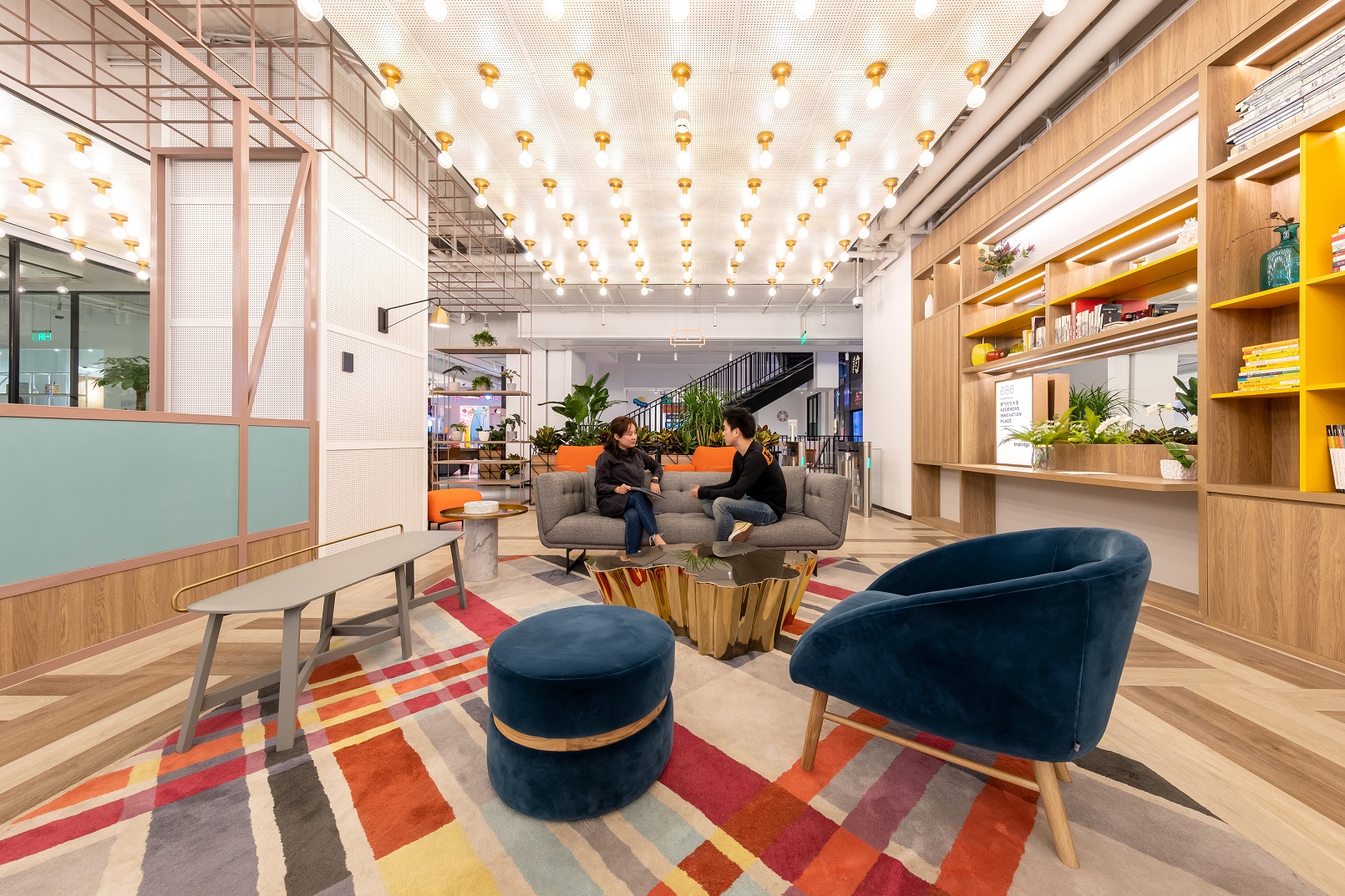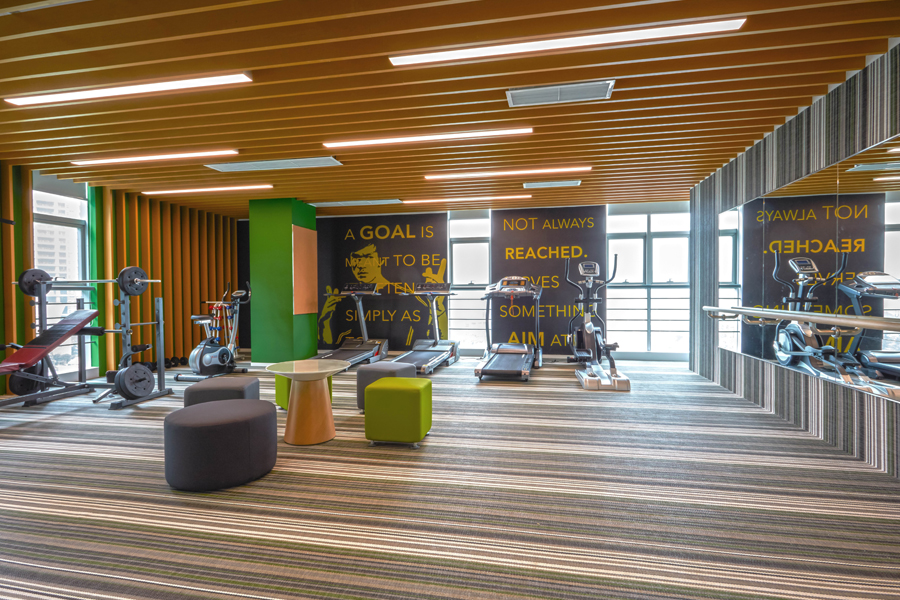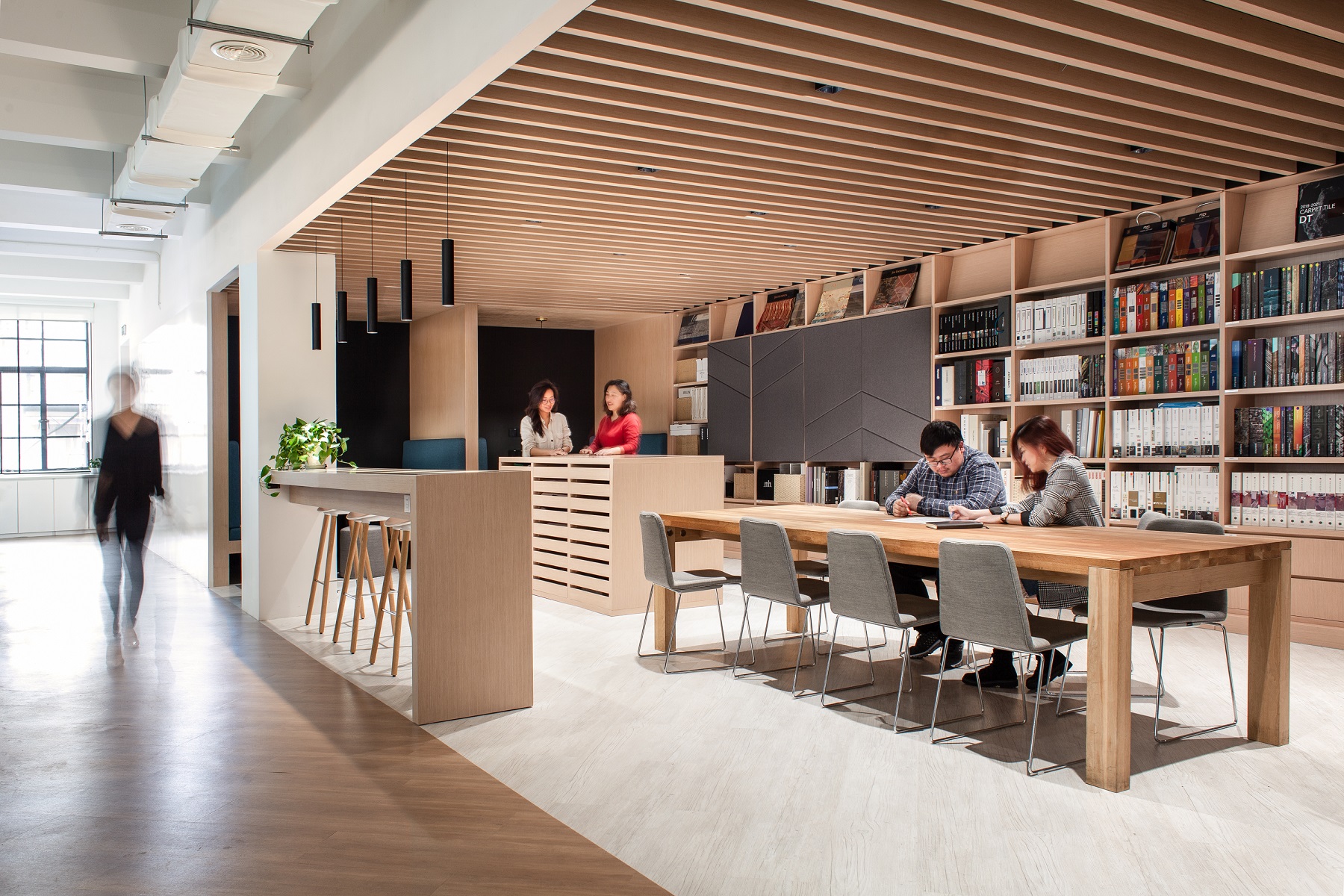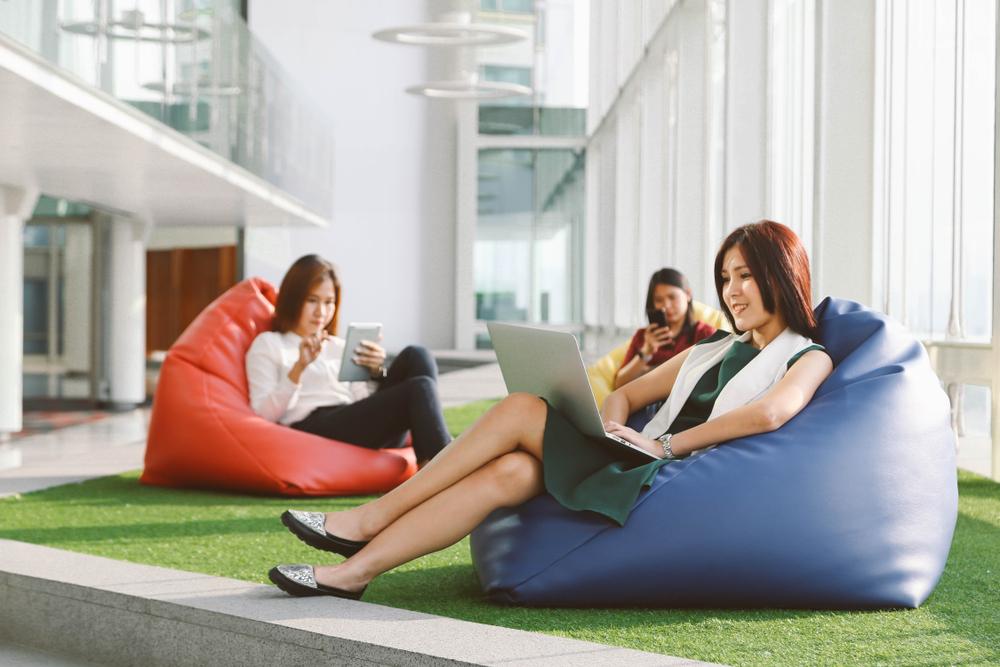Redefining the 996: How China’s businesses are adopting workplace strategies that focus on employee well-being
Back in the early 2000s in China, work was an exciting place to be in. After decades of being known as a manufacturing economy, China was experiencing a technological boom. Innovation and disruption were the order of the day, and with new and lucrative opportunities around every corner, the sky was the limit for tech startups. Millionaires were being made overnight, and tech companies like Alibaba and Tencent were experiencing meteoric success. Putting in longer hours translated to immediate rewards — so this gave rise to a gruelling, yet enriching work ethic that today, is known as the ‘996’. The 996 work culture in China refers to 12-hour workdays from 9 AM to 9 PM, 6 days a week.
Now, almost 20 years later, the market has entered a more stable phase. Competition among tech startups is intense, and not quite so many new firms reach the dizzying heights that their predecessors did. Besides, people are starting to feel the effects of a purely work-driven culture on their physical and mental health. To address this, future-facing organisations in China are looking for ways to bring comfort, inspiration and creativity into the 996 — in short, a more holistic form of employee engagement that looks beyond the hours of work and commensurate bonuses.
Rather than focusing solely on work hours and workplace productivity, organisations are designing their workplace strategy around employee wellbeing and a spirit of innovation. Today, they recognise the benefits of creating spaces where employees would actually want to be — spaces that would cater to their needs, both mental and physical. This, together with empathetic policies, ends up being a more effective path to long-term growth and innovation.
Take a look at a few companies that are redefining the 996 with employee-focused workplace strategies.
Polestar, Shanghai: Leveraging technology for employee comfort
Physical discomfort and monotony are two things that can quickly lead to mental fatigue and employee disengagement. So
Polestar’s workplace strategy leverages technology to ensure employee comfort.
Its office in Shanghai includes ergonomic chairs, curved sofas and height-adjustable desks, thereby reducing the discomfort that comes from sitting for long durations. The office features a smart lighting system that ensures the level of illuminance remains optimally soothing at all times. It regulates the light indoors based on the changing intensity of sunlight through the day, so employees do not have to deal with headache-inducing bright lights or harsh shadows. The lights are automatically activated between 9 AM to 6 PM — marking out the regular work timings. Post that, the lights are operated by motion sensors. Employees themselves can customise the way spaces are lit too, with different modes letting them change the light levels based on the task or scenario at hand.
The Polestar workplace strategy also ensures that time-consuming, unproductive tasks like setting up meetings and finding empty conference rooms do not contribute to a long, exhausting workday. With the tech-enabled meeting sharing and room booking system, one can easily set up a discussion, view the available rooms and notify all participants without wasting time or effort.
Bridge+ @ Ascendas Innovation Place, Shanghai: Fuelling the community spirit

When it comes to catering to employees’ needs that go beyond just work,
Bridge+ @ Ascendas Innovation Place in Shanghai stands out. In economies where a 996 work culture has been a norm, it is notoriously difficult for workers to form new connections or even meet people outside their immediate professional circle. Bridge+, by its very design, fosters a community ecosystem within its walls.
Users of this coworking space are only required to pay for the work areas they book — but they can make use of a host of other common facilities like lounges, pantries and collaboration areas. This brings together entrepreneurs, freelancers and professionals from different industries who may never have crossed paths in a traditional office setup. Not only does this let people socialise in an informal environment, but it also creates a space where they can innovate and exchange ideas with diverse minds.
Bridge+ also has multiple food and beverage outlets that are open to the local community. This encourages people to enjoy a rich social life outside work — one can invite a friend for a leisurely breakfast, enjoy a quick catch up with a colleague over coffee, or ask one’s family to come over for a dinner outing in the evening.
Software firm in Chengdu: Encouraging an active workstyle

For yet another
software firm in Chengdu, helping employees get healthier and fitter was top priority. When we conceptualised their workplace strategy, we ensured that activity and movement formed the core of their office design. Of course, there is a gym and a shower room to help employees get in a quick workout in between meetings or after work. But their activity-led workstyle goes much beyond that.
The office features multiple work clusters, each designed with a different theme. This is done so that employees can avoid sitting hunched over their desk all day — they can get up, sit in different spots through the workday, and work alongside different colleagues. The workstations are equipped with height-adjustable desks, which reduce the risk of posture-related health issues. We also incorporated the concept of standing meetings — all the conference room tables can be converted to standing desks, and meeting participants are encouraged to move around as they discuss ideas. The office also has foosball tables and a backstreet basketball court, giving people ample opportunities to be active and energetic throughout the day.
Space Matrix Shanghai: Letting employees take control of their workspaces

One of the most important ways to improve productivity, especially within a 996 culture, is to give employees control over where they work, and the way they work. This is exactly what we did with our own
office in Shanghai.
Our own designers recreated the existing workspace based on first-hand knowledge of exactly how their days go. For instance, they knew that their workdays were much too collaborative for individual offices to be of much use. So they did away with personal cabins and cubicles and used that extra space to expand the existing design library where people collaborate and bond. They also built a new design lab to house all our materials and finishes — making it a great spot for ideation meetings, presentations and vendor showcases. This new layout saves our designers a lot of time and energy. Instead of having to run around the office trying to find the correct samples, they now simply lead the clients to the design lab for a comprehensive demo.
Our designers also put a greater focus on workplace technology, moving more of our information to cloud-based servers instead of saving them physically. Not only is this more sustainable, but it also gives people more flexibility. Instead of needing to be at the office from 9-to-9, they can tackle small tasks remotely, and enjoy a better work-life balance.
Want to create a workplace strategy that helps you leverage China’s talented workforce without opting for a 996 culture?
We can help you there.


 When it comes to catering to employees’ needs that go beyond just work,
When it comes to catering to employees’ needs that go beyond just work,  For yet another
For yet another  One of the most important ways to improve productivity, especially within a 996 culture, is to give employees control over where they work, and the way they work. This is exactly what we did with our own
One of the most important ways to improve productivity, especially within a 996 culture, is to give employees control over where they work, and the way they work. This is exactly what we did with our own 


